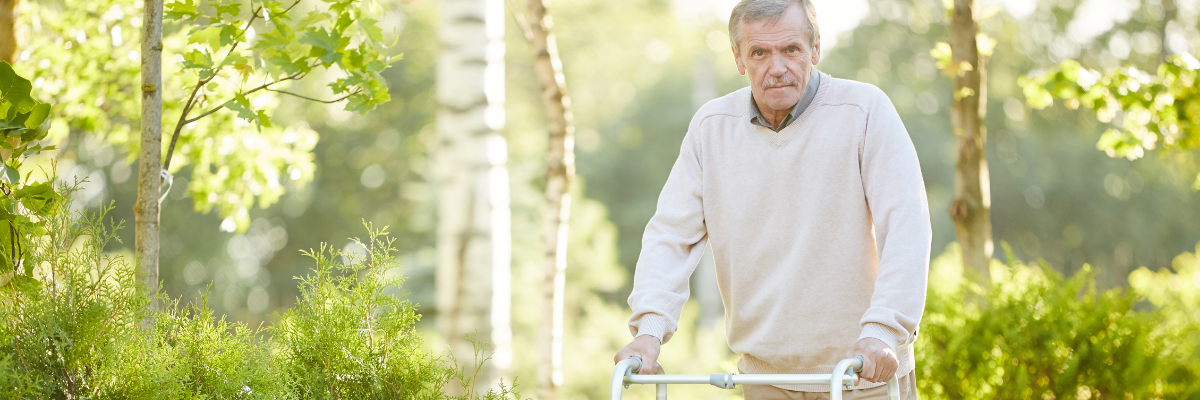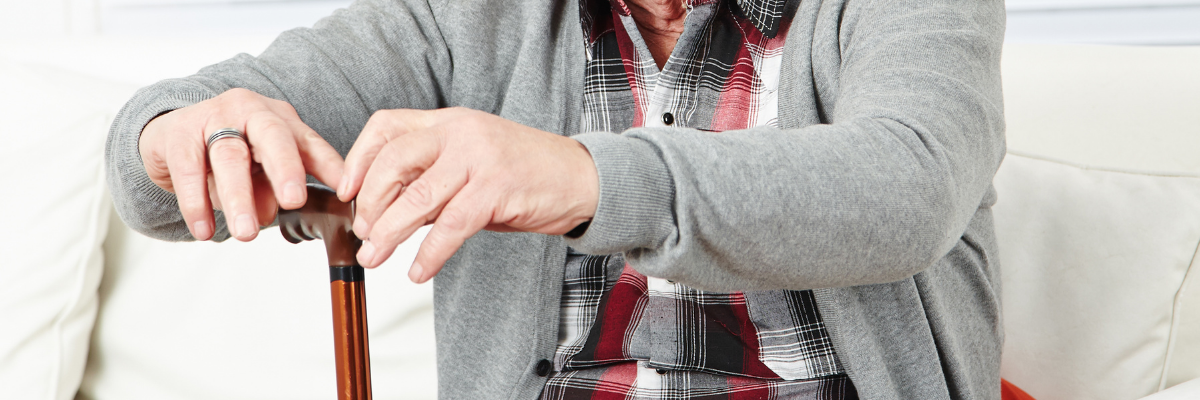How Can a Live-in Carer Help With Seniors’ Mobility Issues?
Mobility issues can significantly affect older people’s quality of life, wellbeing and mental health. Such conditions often make a person feel powerless and dispensable, which can lead to apathy and depression. That is why it is so important to react in time, to use preventive methods and not to shy away from physical activity, all of which can be best helped by a person who stays with the senior citizen non-stop, i.e. a live-in carer! So how can mobility problems be prevented? What causes difficulty walking in the elderly? What mobility exercises for seniors should you choose, and which senior mobility aids are most useful? Find out all this below! Let’s get started!
What causes difficulty walking in the elderly?
The reason for mobility issues among older people is the fact that as we age, we experience a natural loss of muscle mass, which can lead to a loss of balance and coordination and affect the ability to walk. At this time, the inter-articular fat depletes, which affects limb flexibility and suppleness of the body. On top of that, this process can be accelerated by neurological disorders, such as dementia, as well as musculoskeletal conditions. However, mobility problems among the elderly do not mean the inevitable end of mobility, provided that the person sticks to a few rules regarding prevention, follows a suitable diet and does not shy away from physical activity.
How can mobility problems be prevented?
Mobility issues among older people can be prevented through three basic measures. These include proper diet and supplementation, senior mobility aids and exercise. The most important issue in the fight against mobility issues is physical activity. Aerobic exercises, such as strolls or Nordic walking, and resistance exercises, such as using free-weights or resistance bands, can increase muscle mass and strength and improve gait, and are thus ideal for people experiencing mobility issues.
Balance training can also help to correct imbalances and prevent falls, while stretching exercises such as yoga, support joint flexibility. When it comes to senior mobility aids, we think of assistive devices that help maintain mobility and quality of life, such as a walker or cane. When it comes to diet, a doctor may recommend taking calcium and vitamin D to improve bone health or, if you have osteoporosis, medication to reduce the risk of bone fracture in the event of a fall or strain.
What mobility exercises for seniors?
When seniors first start having mobility issues, their first instinct may be to stop physical activity, which is often due to pain, anxiety or fear of hurting themselves. That’s why it’s a good idea to start by talking to your aging loved one’s doctor about what types of exercise are safe and beneficial for them in terms of mobility issues. Then develop a plan to help your loved one feel comfortable exercising and try different types of activities.
What types of exercise will be beneficial? It’s a good idea to start with calmer activities such as stretching, yoga or swimming to help maintain flexibility, and leisurely walks or fitness classes. Then you can move on to more advanced ones, such as hiking or cycling. A skilled caregiver can help an elderly to exercise safely and comfortably at home, encourage them to be active, and watch for injuries, so exercise is most beneficial under their guidance.
Which senior mobility aids are the most useful?
People with reduced mobility can be helped by mobility equipment. Senior mobility aids are all devices and tools that can accommodate people with reduced walking ability, as well as wheelchairs or mobility scooters for more severe disabilities or longer journeys. Senior mobility aids can provide help with moving around or getting around within a building or when changing levels.
What senior mobility aids do we have available? The most popular include canes, crutches, walkers, walker cane hybrids, gait trainers, wheelchairs and scooters. Some devices, such as wheelchairs, may also need to build upper body strength and may even be very fun to use, like scooters. To reduce a senior’s frustration, provide assistance during the first few weeks of using a new mobility device or consult a physiotherapist.
How can a live-in carer help with seniors’ mobility issues?
Usually, the live-in carer is one of the closest people to the senior, with whom he or she spends the most time, and, therefore, has the strongest influence on the senior. They can then monitor, motivate and encourage him or her. The live-in carer can monitor progress or regress in mobility issues, and suggest other solutions if exercises are chosen that are too difficult or if mobility equipment is inadequate. Furthermore, the live-in carer should make the simplest chores as easy as possible for the senior, and can also become their chauffeur. The work and commitment of the live-in carer also determines to a large extent the senior’s motivation in this regard, so this should not be overlooked.
These are all ways in which a live-in carer can help with seniors’ mobility issues, and if you are interested in the issue of senior living, live-in care or mobility, then please check out the other articles available on our blog. In particular, the latest one on home adaptations for elderly with disabilities, which you can find here.














